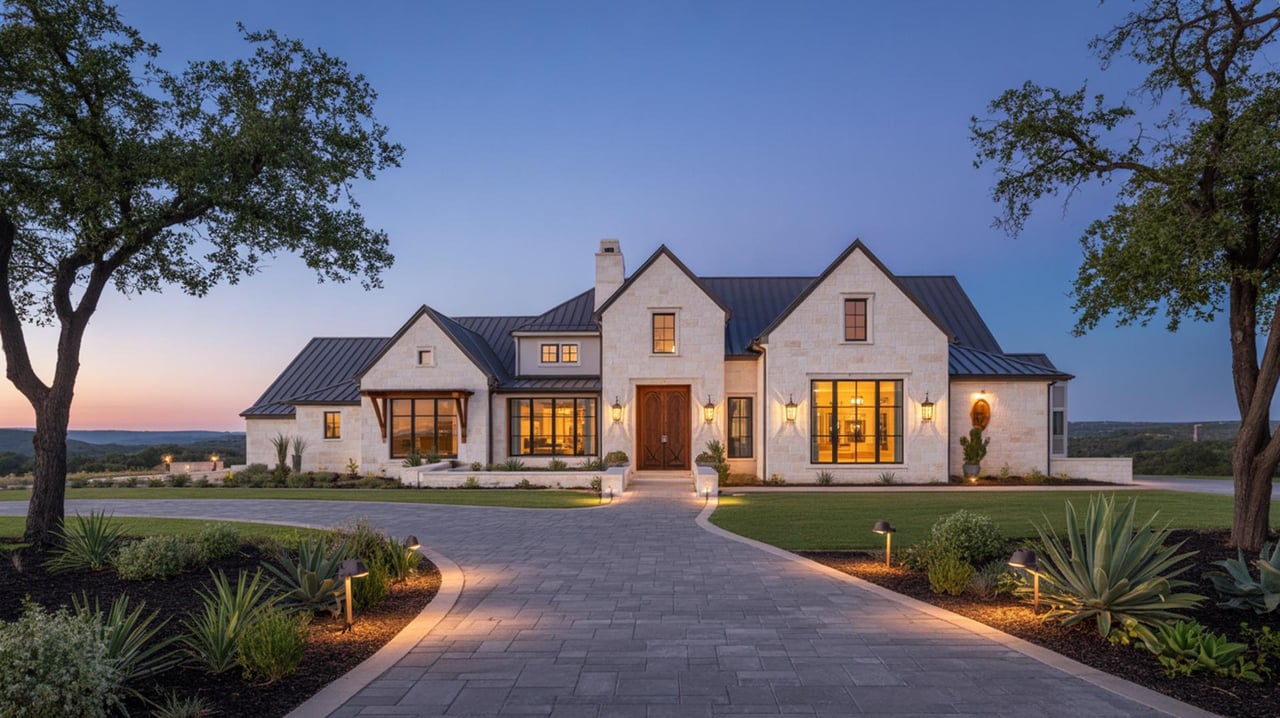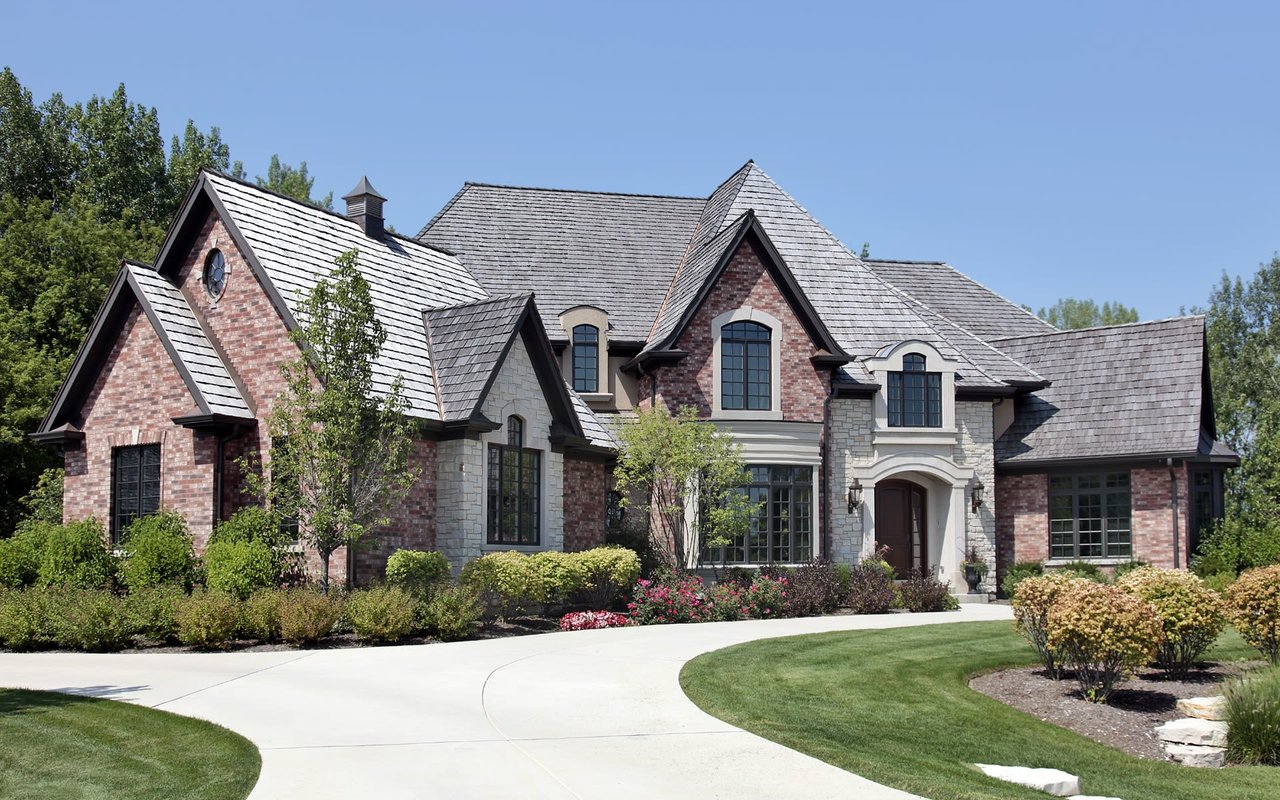Understanding the relationship between a home's age and its market value is essential for anyone involved in the real estate market in Austin, TX. Austin's real estate landscape is diverse, with properties ranging from historic homes to modern constructions. As the city continues to grow, the dynamics between a property's age and its market value become increasingly significant for buyers, sellers, and investors alike. Exploring these dynamics can offer valuable insights into making informed real estate decisions.
The Influence of Home Age on Market Value
In Austin, the age of a home can significantly impact its market value. Older homes often come with unique architectural features and historical significance that can enhance their appeal. However, they may also require more maintenance and updates to meet modern standards. On the other hand, newer homes typically offer contemporary designs and the latest amenities, which can attract buyers looking for move-in-ready properties. The balance between these factors can influence a home's market value, with some buyers willing to pay a premium for the charm of an older home, while others prefer the convenience of newer construction.
Historical Homes and Their Appeal
Austin is home to several historic neighborhoods, such as Hyde Park and Travis Heights, where properties often date back to the early 20th century. These homes can command higher market values due to their architectural charm and historical significance. Buyers interested in these properties are often drawn to their character and the sense of history they provide. However, purchasing a historic home may come with specific considerations, such as adhering to preservation guidelines and potential renovation costs. Understanding these factors is crucial for buyers who are captivated by the allure of Austin's historic residences.
Modern Homes and Market Trends
The demand for modern homes in Austin has been on the rise, driven by the city's growing tech industry and influx of young professionals. Neighborhoods like Mueller and East Austin have seen a surge in new developments, offering homes with sleek designs and energy-efficient features. These properties often appeal to buyers seeking contemporary living spaces with minimal maintenance requirements. The market value of modern homes can be influenced by factors such as location, design, and the availability of amenities. Staying informed about current market trends can help buyers and sellers navigate the competitive landscape of Austin's modern real estate market.
Renovations and Their Impact on Value
Renovations can play a significant role in bridging the gap between a home's age and its market value. In Austin, updating an older home with modern amenities can enhance its appeal and increase its market value. Common renovations include kitchen and bathroom upgrades, adding energy-efficient features, and enhancing curb appeal. However, it's important to consider the cost of renovations in relation to the potential increase in market value. Consulting with a real estate agent or appraiser can provide valuable insights into which renovations are likely to offer the best return on investment.
Location and Its Role in Market Value
The location of a home in Austin can have a substantial impact on its market value, regardless of its age. Proximity to amenities such as parks, schools, and shopping centers can enhance a property's desirability and market value. Additionally, homes located in neighborhoods with strong community ties and a vibrant cultural scene, like South Congress or Zilker, often command higher prices. Understanding the nuances of Austin's various neighborhoods and their influence on market value is essential for buyers and sellers looking to make informed decisions.
The Effect of Market Conditions
Market conditions in Austin can also influence the relationship between a home's age and its market value. In a seller's market, where demand outpaces supply, both older and newer homes may see an increase in market value. Conversely, in a buyer's market, where supply exceeds demand, the age of a home may play a more significant role in determining its value. Staying informed about current market conditions and trends can help buyers and sellers strategize effectively and make well-informed decisions.
Buyer Preferences and Home Age
Buyer preferences can vary widely when it comes to home age in Austin. Some buyers are drawn to the character and history of older homes, while others prioritize the convenience and modern features of newer properties. Understanding these preferences can help sellers position their homes effectively in the market. For buyers, recognizing their own priorities and how they align with the available inventory can streamline the home-buying process and lead to more satisfying outcomes.
The Role of Home Inspections
Home inspections are a critical step in the buying process, especially when considering the age of a home. In Austin, older homes may require more thorough inspections to identify potential issues such as outdated wiring, plumbing, or foundation concerns. For newer homes, inspections can confirm that construction standards have been met and that the property is in good condition. Engaging a qualified home inspector can provide peace of mind and ensure that buyers are fully aware of the condition of the property they are purchasing.
The Impact of Appraisals
Appraisals play a crucial role in determining a home's market value, taking into account factors such as age, condition, and location. In Austin, appraisers assess properties based on comparable sales in the area, as well as the unique features of the home. For older homes, appraisals may consider historical significance and architectural details, while newer homes may be evaluated based on modern amenities and energy efficiency. Understanding the appraisal process can help buyers and sellers navigate negotiations and ensure that the property's value aligns with market expectations.
Long-Term Investment Considerations
When considering the purchase of a home in Austin, it's important to think about long-term investment potential. The age of a home can influence its appreciation over time, with both older and newer properties offering unique opportunities. Older homes may appreciate due to their historical significance and scarcity, while newer homes may benefit from modern amenities and energy efficiency. Evaluating the long-term potential of a property requires careful consideration of market trends, location, and individual preferences, ensuring that buyers make informed decisions that align with their investment goals.
Understanding Home Age and Market Value
In Austin, TX, the age of a home can significantly impact its market value. Whether you're buying or selling, it's crucial to consider how older homes might offer charm and character, while newer homes may provide modern amenities and energy efficiency. Balancing these factors can help you make a smart investment. If you're looking for expert guidance in navigating the Austin real estate market, reach out to Alan Hardin for personalized advice and support.




